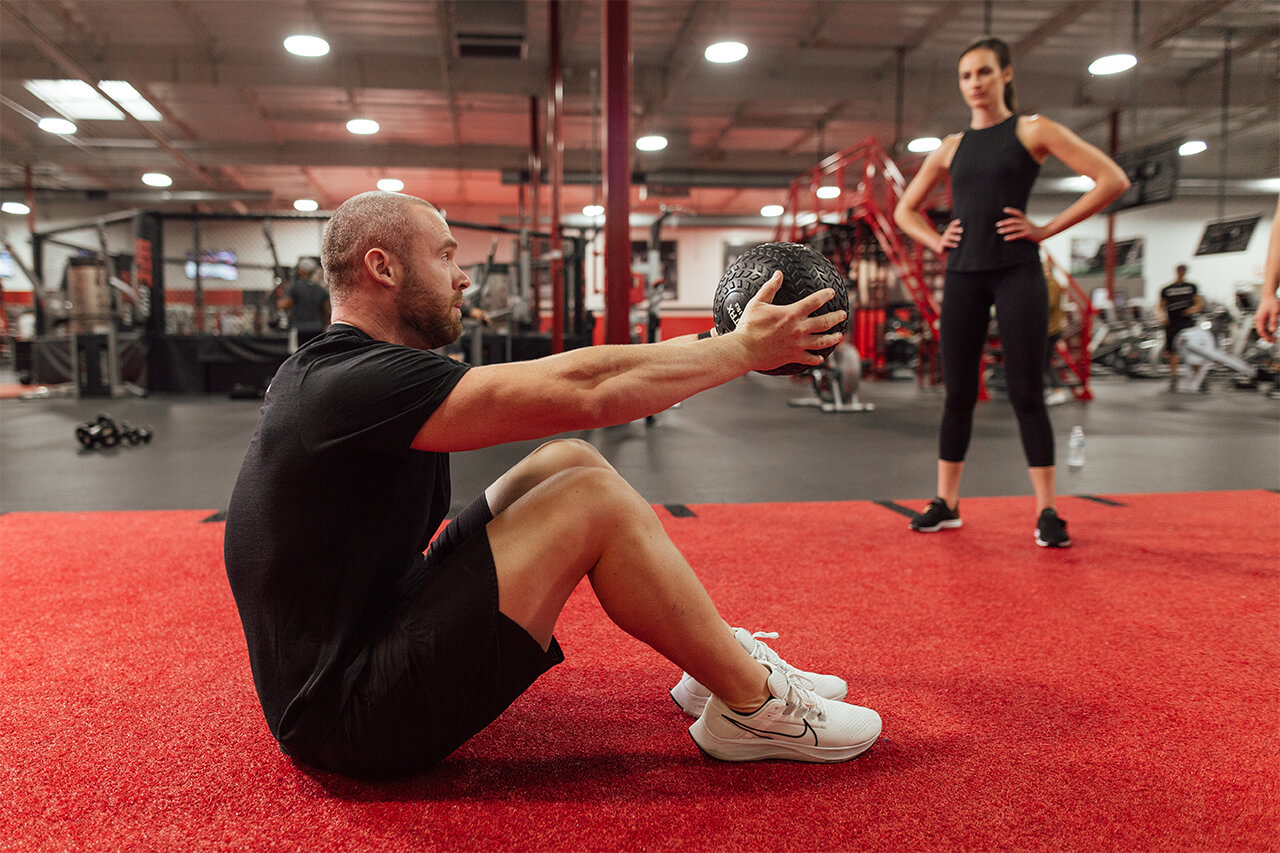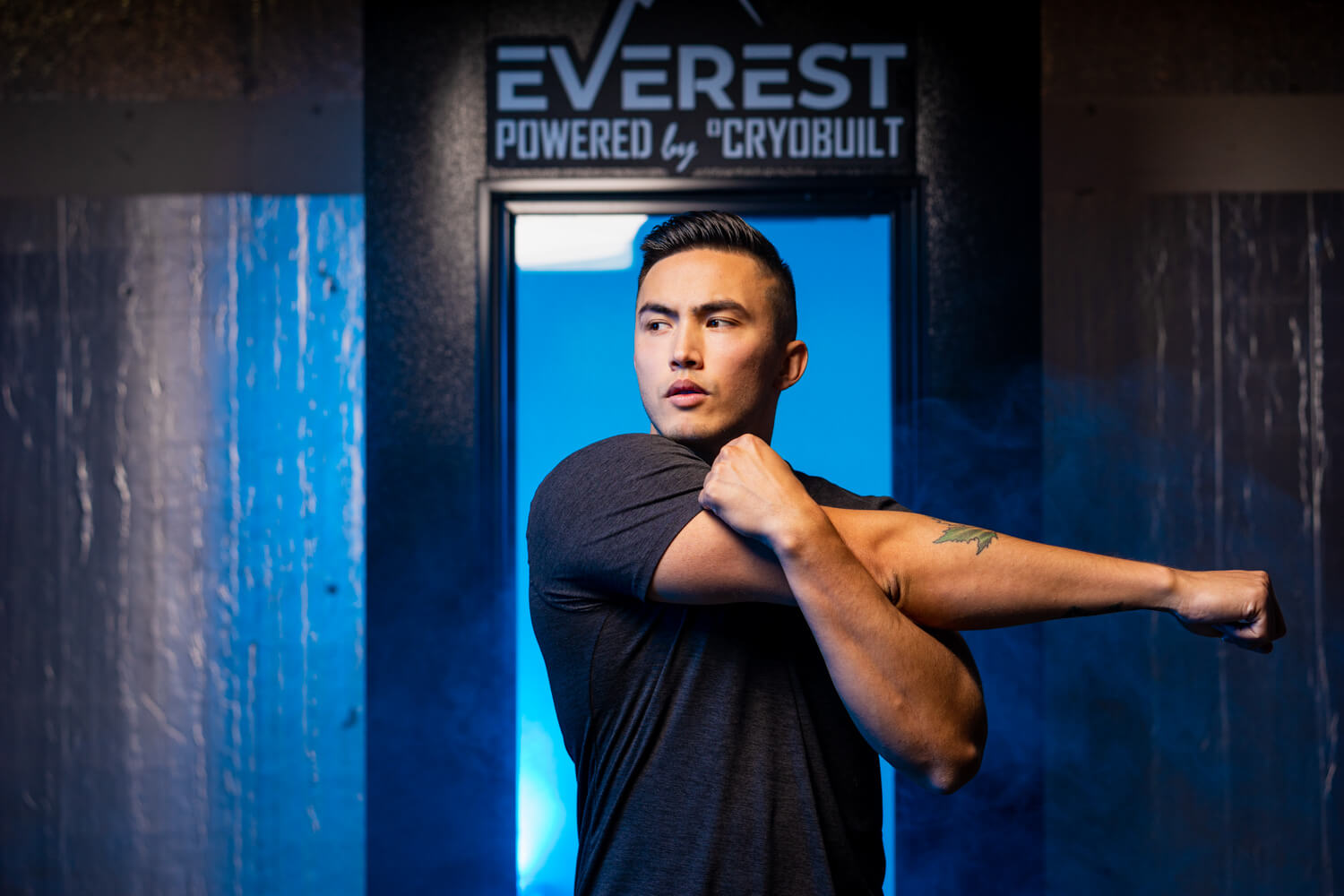The Best Exercises – For Everyone!

We caught up with one of our Fitness Directors, Vincent Angeli, to dig into a question that often pops up when gym-goers are assessing their fitness goals and how to reach them – What are the best exercises that everyone should do?
Vince oversees the fitness program at UFC GYM Torrance, California, is a Certified Personal Trainer through ACSM for 6+ years and holds a Bachelor's degree in Biology from Cornell University. Plus, he’s TRX certified, Rockblade certified, and an avid runner! Keep reading for his insights.
UFC GYM: So, what are those best exercises that everyone should do?
VA: Everyone has different training goals and individual needs and preferences. The answer that is likely the most correct is – whatever you find enjoyable enough to do consistently without injury. However, I’ll do my best to breakdown some of the best typical movement patterns to include in an exercise program for an average person. In general, most good programs will consist of five main movement patterns which are: Squats, Pushes, Pulls, Hinges, and Carries.
Let’s break these down more specifically.
-
Squats: The squat movement pattern is self-explanatory, though there are lots of variations. The most typical examples are going to be a standard barbell back squat or a body weight squat.
These are primarily designed to target your quad muscles on the front of your leg, but like any good movement, they train a lot more than that. Squats also utilize your glutes, hamstrings, and core muscles, and overall, these are some of the best lower body exercises to do.
Some additional variations include goblet squats, split squats, lunges, step ups, front squat, wall-sits, and box squats. These all mimic a similar movement pattern to a standard squat, but none are inherently more challenging or easier. In general, start with a bodyweight squat or a wall-sit until your leg and core strength can handle increased loads. People with knee injuries such as ACL/MCL tears or damaged meniscus should avoid most of these.
-
Pushes: Pushes typically come in two forms, horizontal and vertical, aka chest presses and overhead presses. These are typically done to strength and shape up the chest, shoulder, and triceps muscles.
Some variations include barbell bench press, dumbbell bench press, incline barbell/dumbbell bench press, military press, dumbbell overhead press, and pushups. In general people with shoulder injuries or pain in the shoulder joints should avoid these as they are likely to cause further injury. Outside of that, most everyone can perform these movements. Be sure to start with something easier like a pushup on your knees or against a wall before getting more advanced.
-
Pulls: Pulls also typically come in both horizontal and vertical forms. These movements strengthen up the muscles of the back such as the rhomboids and lats. These are important muscles to strengthen for day-to-day life. A strong back is going to greatly assist in good posture and less spinal pain.
Some pulling movements are barbell/dumbbell rows, pullups, lat pulldowns, and shrugs. In general, doing bodyweight pullups are a difficult exercise and most people will have to start with something easier such as a lat pulldown until they are strong enough to move their own bodyweight. These are some of the safest movements to perform in general because the weights are not on top of you for almost any pulling movement. People with shoulder or elbow injuries may experience some discomfort doing some of these movements, but otherwise everyone is likely to be able to do these.
-
Hinges: I feel these are some of the most underutilized and over demonized movements in the fitness world. These include exercises like deadlifts, good mornings, hip thrusts, and kettlebell swings. These are very important exercises to strength your entire body, primarily working your hamstrings, glutes, core, and back. Deadlifts will also help prepare someone well for day-to-day tasks such as picking up groceries or moving furniture around.
Some of these movements get a bad rep as dangerous for your back, but this simply isn’t true when done correctly with good form and appropriate weights. If anything, these are the best movements you can do for long term injury prevention as they will develop full body strength and coordination. People with spinal injuries should avoid most of these, and they may aggravate things like sciatica. Start with light weights such as small dumbbells or a light kettlebell before working up into heavier loads. Work with a professional trainer for support on form and safety.
-
Carries: Without a doubt these are the most underutilized exercises. This is unfortunate because they are likely also the most “functional.” I mean this is the literal sense, as an average person picks things up and carries them around all day.
These movements include farmer’s carries, waiter’s walks, suitcase carries, overhead carries, or really any exercise where you are walking under load. These movements will strengthen your core, specifically obliques for many of them which help tighten people’s waists up, and the stronger your core, the less chance you have of being injured.
For athletes these are very important as most of your power will come from your core, and this translates well into basically every sport. Essentially everyone can do some from of weighted carry, and they are very low risk of injury though people with weak grip strength will need to make sure they can hold onto the weights they are trying to use.
Next Steps:
Train with Vince at UFC GYM Torrance
Explore Personal Training or contacting a gym near you.


